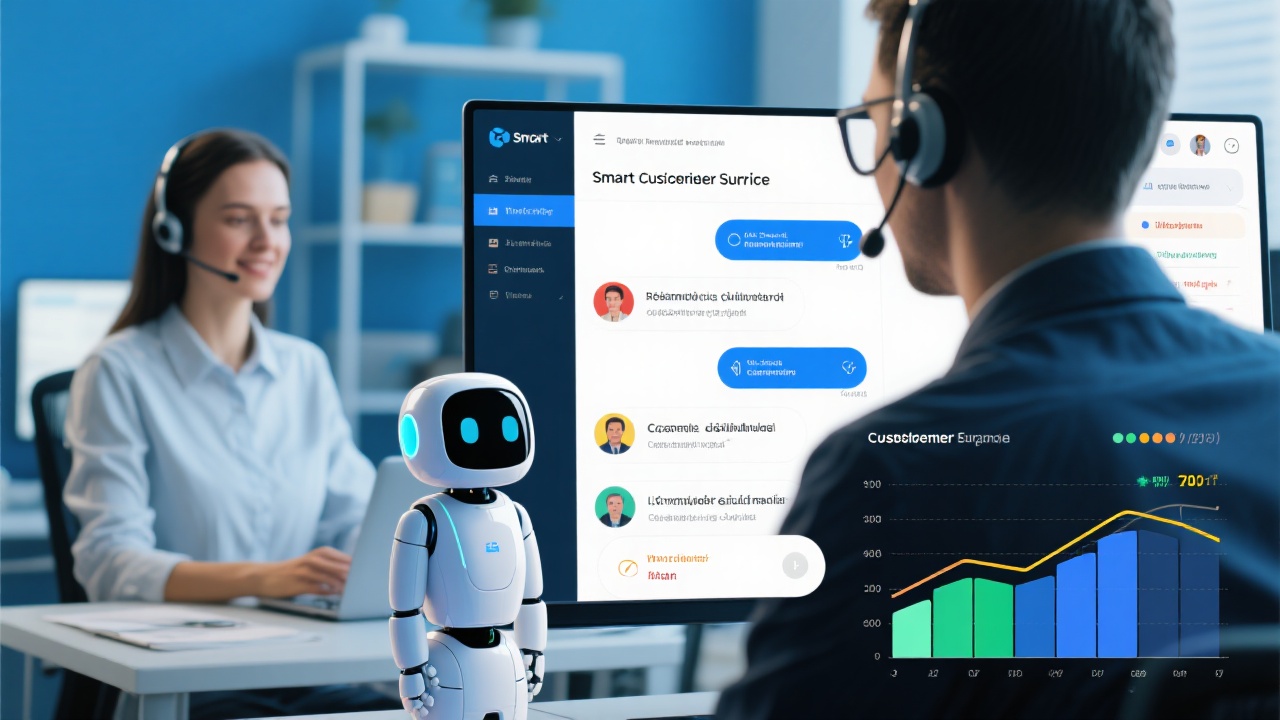
In the vast landscape of the foreign trade market, the first step is to clearly define your target market. A target market is a specific group of customers who have similar needs, preferences, and purchasing power. Identification criteria can include factors such as geographical location, industry type, company size, and purchasing frequency.
For example, if you are in the electronic products industry, your target market might be tech - savvy consumers in developed countries. Geographically, you may focus on North America, Western Europe, and parts of Asia. Industry - wise, it could be related to IT, telecommunications, or consumer electronics.

Industry data analysis is crucial for assessing market potential. You can start by gathering data from reliable sources such as industry reports, government statistics, and market research firms. Look at key indicators like market size, growth rate, and market share.
For instance, according to a recent industry report, the global e - commerce market has been growing at an annual rate of 15% in the past five years. By analyzing this data, you can estimate the potential demand for your products in the e - commerce segment. Market potential assessment methods can also involve SWOT analysis (Strengths, Weaknesses, Opportunities, and Threats) to understand your position in the market.
Building a customer profile model helps you understand your customers on a deeper level. It includes demographic information (age, gender, income), psychographic information (lifestyle, values, attitudes), and behavioral information (purchase history, brand loyalty).
Let's say you are selling high - end sports equipment. Your customer profile might be young, health - conscious individuals with a relatively high income, who are passionate about sports and are likely to buy premium products. Based on this profile, you can set customer screening criteria, such as customers who have made at least one high - value sports purchase in the past year.

There are various customer development channels available, such as trade shows, social media, email marketing, and direct sales. Each channel has its own advantages and disadvantages.
Trade shows are great for face - to - face interactions and building brand awareness. Social media platforms like LinkedIn and Facebook can help you reach a wider audience and engage with potential customers. Email marketing allows you to send personalized messages to your target customers. Tools like CRM (Customer Relationship Management) systems can help you manage customer information and track interactions.
For example, a company in the furniture industry increased its customer base by 20% after effectively using Instagram to showcase its new product lines.
During the customer development process, you may encounter common problems such as low response rates, difficulty in converting leads, and competition. To address low response rates, you can optimize your marketing messages, use more attractive subject lines in emails, and segment your customer lists.
To convert leads, you can provide value - added services, offer free trials, or create a sense of urgency. When facing competition, focus on your unique selling proposition (USP), such as better quality, lower prices, or faster delivery.
AI tools can significantly enhance your market research and customer development efficiency. For example, AI - powered data analytics tools can quickly process large amounts of data and provide valuable insights. Chatbots can handle customer inquiries 24/7, improving customer service and lead generation.
A study shows that companies using AI in customer service have seen a 30% increase in customer satisfaction and a 25% reduction in response time.

Customer development is not a one - time process but an ongoing cycle of optimization. Continuously analyze data from your marketing campaigns, customer interactions, and sales results. Use this data to refine your target market, customer profile, and marketing strategies.
By constantly optimizing your approach, you can improve your customer development efficiency, reduce trial - and - error costs, and precisely lock in high - value customers. Are you ready to take your foreign trade customer development to the next level? Click here to learn more and get started now!
.png?x-oss-process=image/resize,h_100,m_lfit/format,webp)
.png?x-oss-process=image/resize,h_100,m_lfit/format,webp)

.png?x-oss-process=image/resize,h_100,m_lfit/format,webp)
.png?x-oss-process=image/resize,h_100,m_lfit/format,webp)
.png?x-oss-process=image/resize,h_100,m_lfit/format,webp)
.png?x-oss-process=image/resize,h_100,m_lfit/format,webp)
